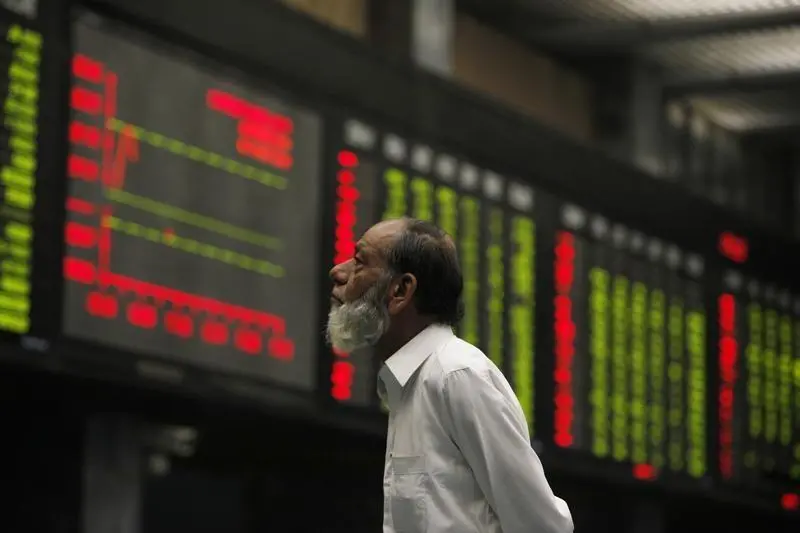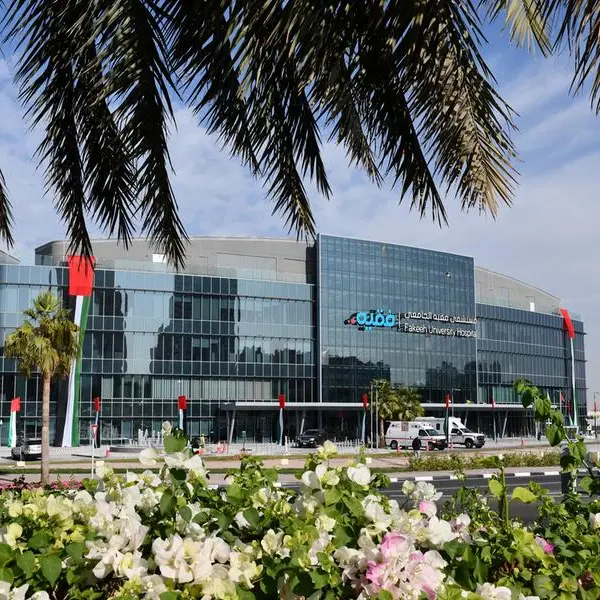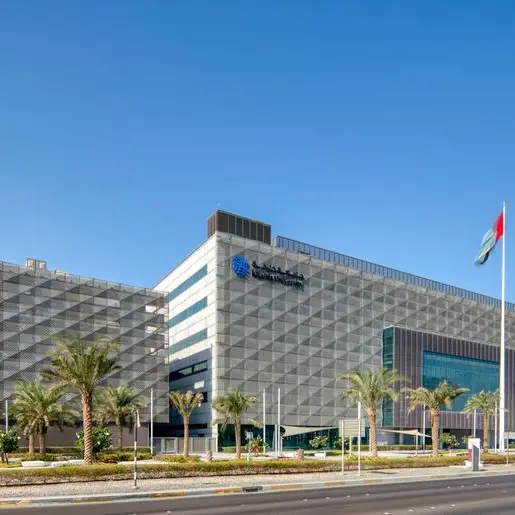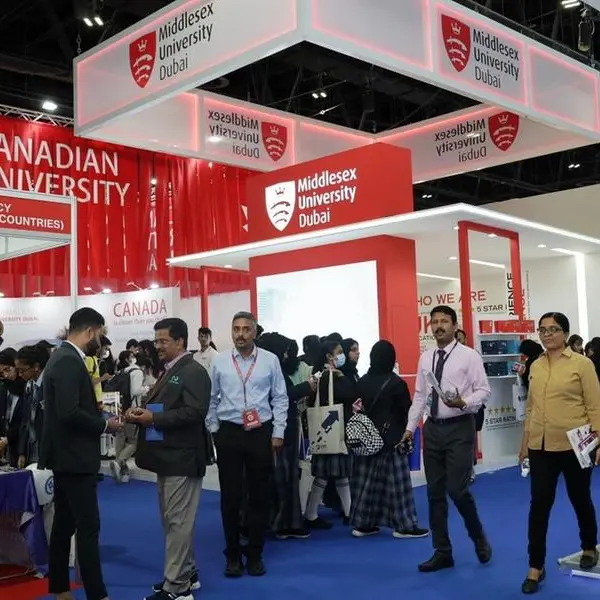PHOTO
Sunday, Sep 11, 2016
Dubai: The overall profitability of Takaful industry is under strain largely because the industry has yet to break into some of the most profitable lines of business that are dominated by conventional payers, according to rating agency Standard & Poor’s.
“In our view, the takaful sector is underperforming, especially in the UAE, because it lacks the advantages of conventional insurers, which are often larger and benefit from better economies of scale. They have more-established distribution mechanisms and so their revenue generation is less dependent on intermediaries,” said Emir Mujkic, Associate Director, Finance Services of Standard & Poor’s.
In the UAE, most of the listed takaful players are relatively small. The larger, highly rated conventional companies write most of the commercial business; takaful players are often stuck in the highly competitive commodity lines. As a result, although eight out of 29 of the listed companies in the UAE are takaful players, they write only about 15 per cent of the total gross premiums in the market.
The crowded UAE and other Gulf Cooperation Council insurance markets often suffer from overcapacity, which can often trigger aggressive price wars. “In our opinion, Islamic insurance companies require considerable capital investment to become established, yet relatively new companies often come under pressure to generate profits and deliver healthy returns to their investors,” said Mujkic.
Overall, earnings of Takaful industry in Saudi Arabia are improving, but there are still some strong imbalances in the market. In addition to the significant competition in the Saudi Arabian market, insurers are liable to pay the zakat religious tax. At 2.5 per cent of assets, this tax weighs on earnings across the sector.
Despite signs of improvement in earnings, growth in gross premium and profitability are concentrated with a few companies. Tawuniya, the Company for Cooperative Insurance and Bupa Arabia for Cooperative Insurance Co., the top two companies in Saudi Arabia, generated about 40 per cent of the total market premiums in 2015. Their combined pre-tax profit of $343 million for 2015 represents 123 per cent of the profit in the market, indicating that the rest of the market suffered an aggregate loss of $64 million. Half-year 2016 results suggest a better distribution of profits, but Tawuniya and Bupa Arabia still generated about 41 per cent of total premiums and still had a disproportionate share of total profits at $127 million (57 per cent).
Qatar’s takaful sector is expected to remain profitable in 2016, even though the first-half results indicate that net profits for the full year are likely to be materially lower than in previous years. Net earnings in the Kuwaiti takaful sector are likely to improve in 2016, as companies are slowly adjusting their motor business following a number of loss-making years.
By Babu Das Augustine Banking Editor
Gulf News 2016. All rights reserved.












